Discover our e-shop and access a digital catalogue of over 40.000 design products.
Go to shop22 April 2025
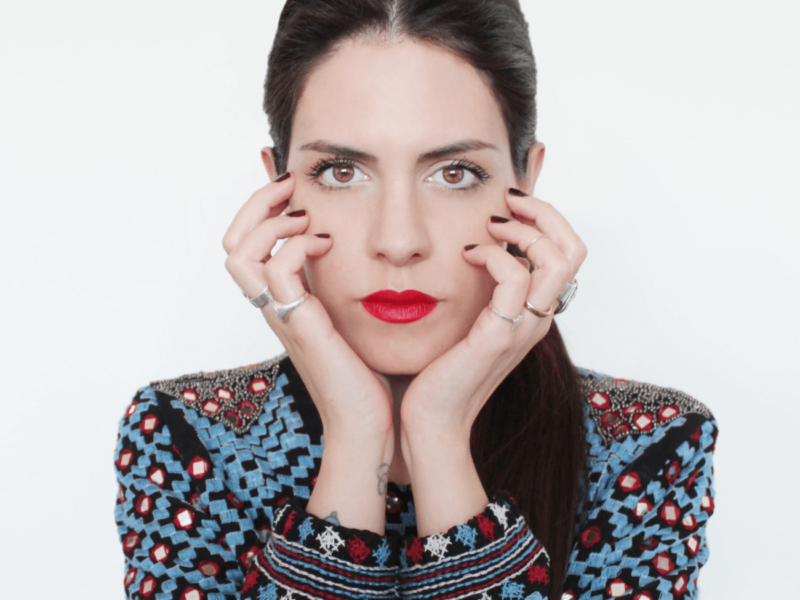
Elena Salmistraro invites us into her imaginative realm, offering a closer look at how her ideas take shape and how the dialogue between inspiration and design, between aesthetics and materials, unfolds. It’s a journey through visionary landscapes and tangible craftsmanship, where every element—form, color, texture—becomes part of a personal and unmistakable language. An opportunity to understand the mind of a designer who gives voice to objects, transforming them into stories to explore—visual narratives woven from emotion, function, and identity.
How does the inspiration for a new project come about? Can you walk us through your creative process—from the initial spark to the final outcome?
Inspiration always arises in a different way, because each project has its own nature, purpose, and unique set of needs. That said, the starting point is almost always an encounter: a dialogue with a company or a client. Unlike art, where I can express myself freely, design is a collaborative process shaped by many variable factors that need to be understood and harmonized.
Once the needs and expectations are clear, I begin gathering images, materials, and suggestions that capture the essence of the idea. From there, I let myself be guided instinctively by forms and colors. Only later do I address technical and production constraints, sometimes revisiting earlier stages to refine the outcome. There’s no fixed method—some journeys are linear, others take detours. The key is always to find a central element, a trigger that unlocks new reflections and ideas. Once the message and meaning of the object are defined, a long refinement phase begins until the form becomes tangible. For me, though, beyond function and technique, it’s essential that the object has a soul. Memories, colors, and emotions naturally become part of the process, making each design familiar and recognizable. A well-designed object, in the end, must not only work—it must communicate and forge a connection with those who observe and use it.
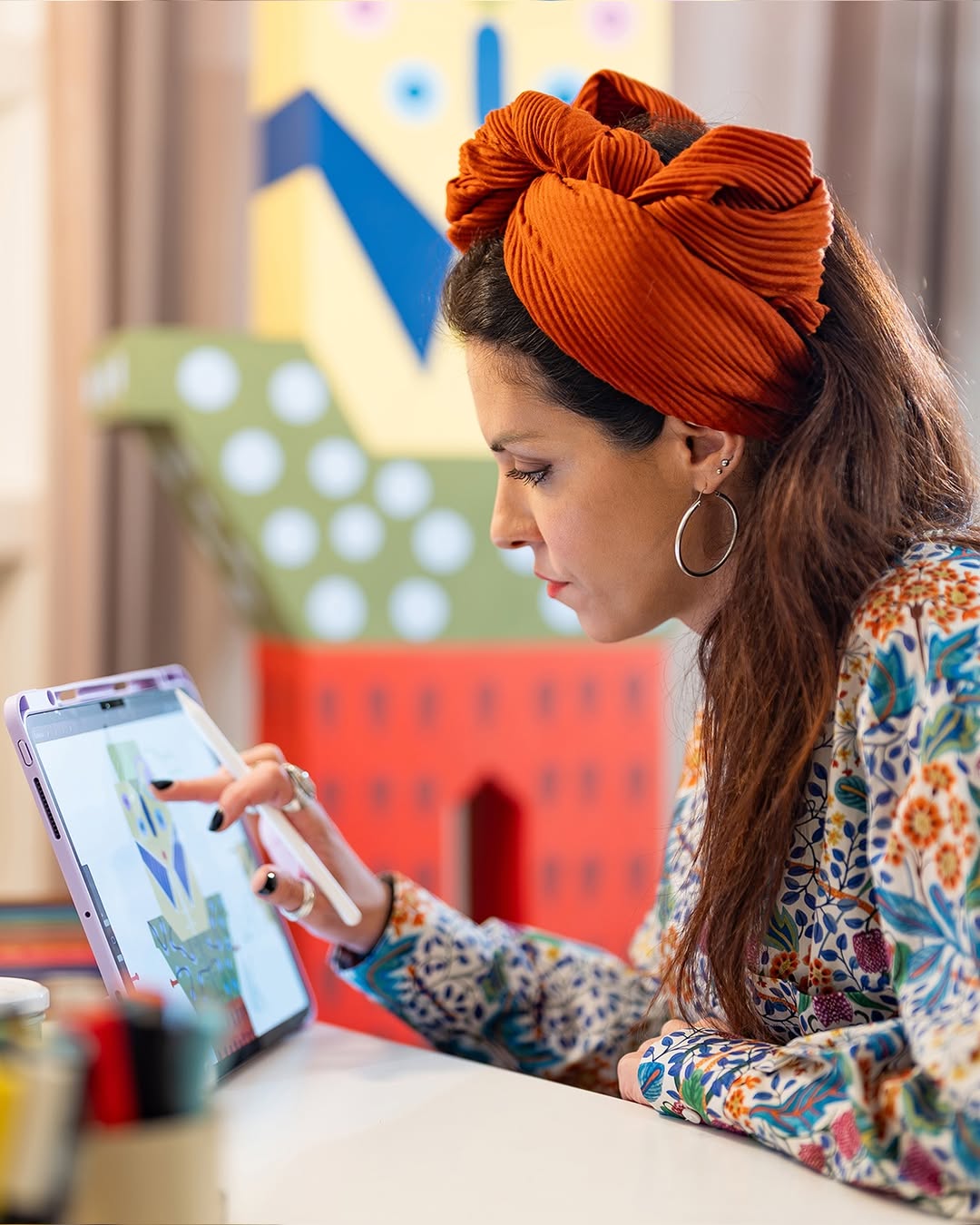
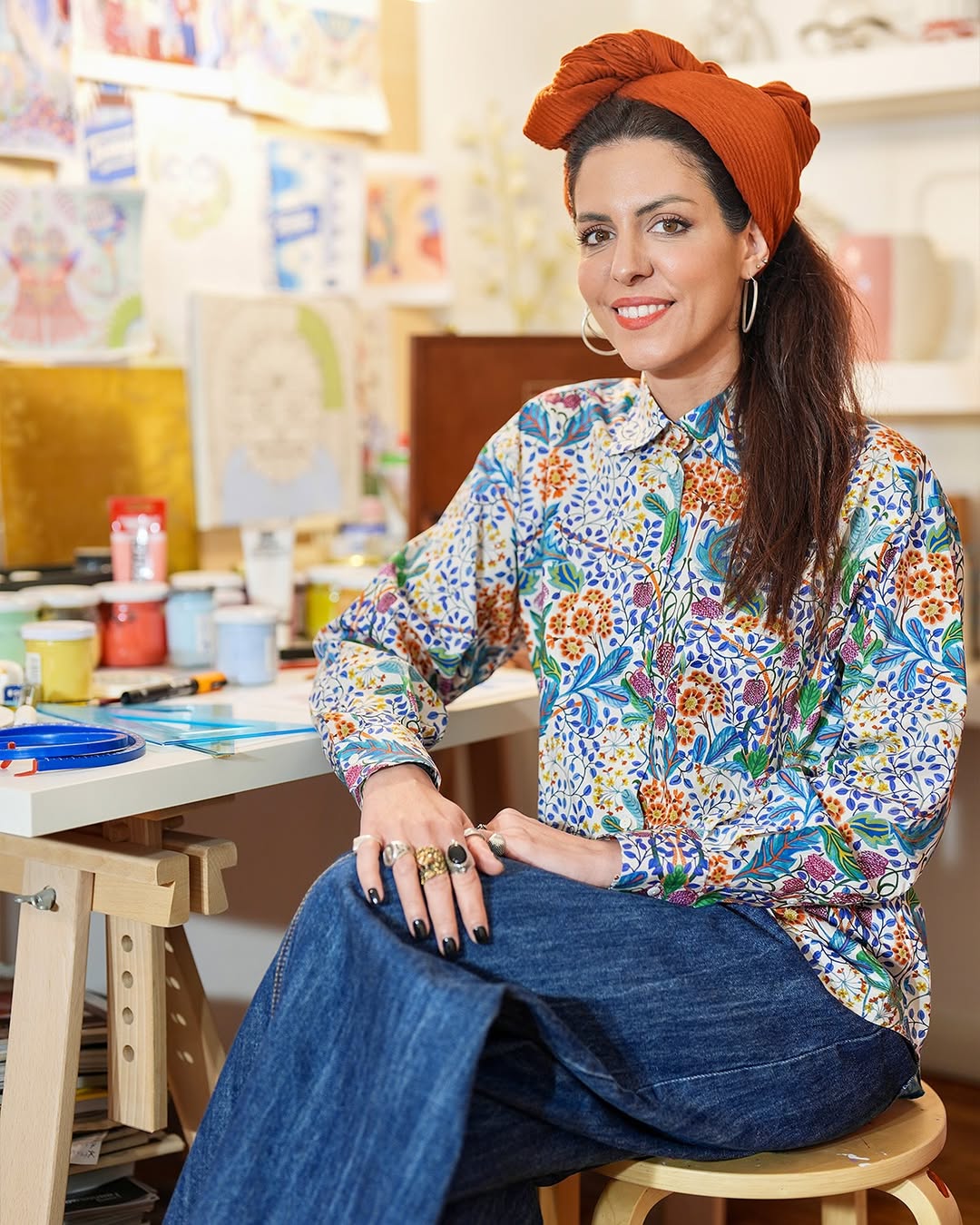
Your work blends dreamlike, mythological, cartoon, and pop references, paired with a distinct use of color and materials. How do these elements come together in your process?
These elements emerge naturally, without following any rigid formula. They come from a layered tapestry of personal experiences and imagination. It’s like having mental beacons that light up different images and suggestions, depending on what the narrative calls for. I move fluidly between childhood references—cartoons, pop culture—and more symbolic, dreamlike, or mythological imagery, often sparked by recent readings or reflections.
This type of research is never forced—it’s instinctive and rooted in my cultural background. I use it to shape visions that feel authentic while keeping a strong internal coherence. Color and materials follow a slightly different path. They define the visual identity of a project, but they’re never just decorative. They must engage the senses—visually, tactilely, even evoking olfactory or auditory impressions. Every choice I make aims to create not only harmony, but meaning. I’m not interested in aesthetics for their own sake. Each element must be part of an emotional and visual narrative.
Your work often bridges the gap between imagination and reality. What drives you to explore this duality?
For me, design is exactly that: transforming imagination into something real. It’s a natural, almost inevitable process. Vision and fantasy are always the starting point. From there, through study, experimentation, and refinement, they become tangible. Without imagination, we would never have invented anything—from the wheel to space travel.
I believe creative thinking is one of the most powerful tools we have. That’s why I feel a responsibility to use it consciously and purposefully. In my work, I always strive to balance the real and the visionary—because design, to me, must go beyond function. It should also tell stories, spark emotion, and invite wonder. Designing, in the end, is giving form to a thought.
Today, fashion and design seem more interconnected than ever. How do these influences surface in your work?
Fashion and design have always shared a common language of aesthetics, research, and experimentation. The exchange between the two has become even more evident recently, with increasingly frequent crossovers.
In my case, this connection comes naturally—I studied fashion design at the Polytechnic, and those principles are part of my foundation. I wouldn’t call myself a fashionista, but I observe the fashion world with curiosity. I admire how it captures the zeitgeist with boldness and clarity, how it plays with rules and materials. What has always fascinated—and intimidated—me is fashion’s pace. Unlike design, which moves more slowly and seeks longevity, fashion constantly reinvents itself in an incessant cycle. In my own projects, I try to maintain an awareness of these dynamics, blending lasting value with a willingness to experiment and engage with the present.
Materiality is a key part of your language. How do you select materials to convey an emotion or message? And how does the material shape the outcome?
Material is the soul of the object—it’s not just a physical substance, but a medium of meaning. Choosing the right one begins with an intimate understanding of its characteristics and, often, the expertise of a company that knows how to work with it deeply.
I usually face two scenarios. In the first, the material is selected during the design process based on its sensory and expressive qualities. A good example is Out of Scale for Cappellini, where we chose a specific wood after careful analysis to highlight the unique features of each piece.
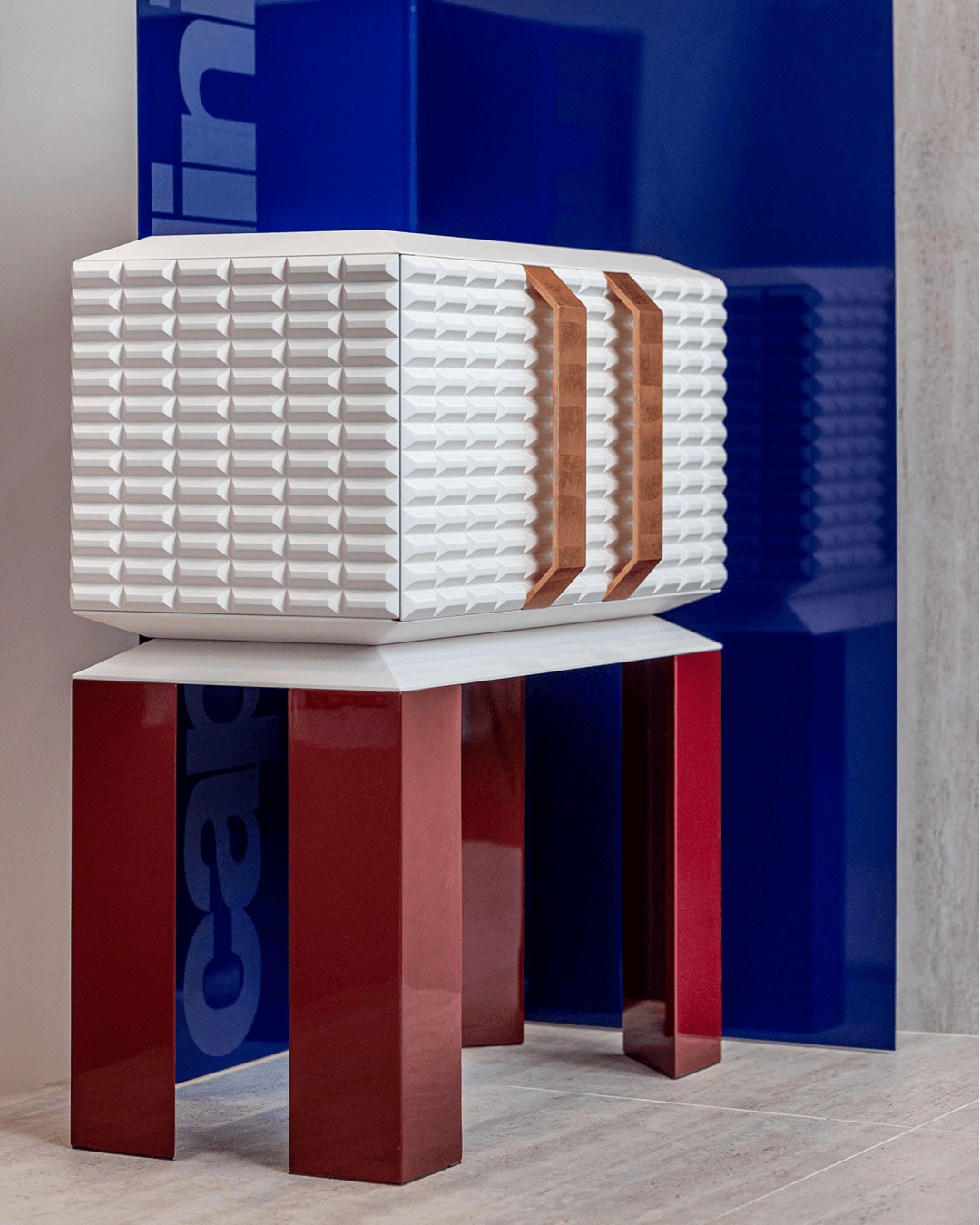
In the second case, the material itself inspires the project—it becomes the starting point for transformation. This happened with Venusia for Alessi, where we reinterpreted steel, one of the brand’s signature materials, turning it into a kind of jewelry.

Your projects span different fields and formats, yet they all maintain a strong visual identity. How do you preserve your aesthetic voice while leaving room for experimentation?
I strongly believe in authorship, a value rooted in my artistic background. In art, having a recognizable language is foundational. In design, there’s often fear that this might be seen as egotism. But I think every creator leaves a mark on their work—it’s inevitable. If you ask ten people to draw a line, no two lines will be the same. Even when you try to remove yourself from a project, your hand is still there.
That’s why I choose to emphasize rather than neutralize my stylistic signature. It allows me to evolve, to experiment, without losing my identity. This connection between author and object fascinates me—it’s what I explored in the Most Illustrious series for Bosa, where designers become the very objects they created. It’s an alchemical reflection on the inseparable bond between creation and creator.
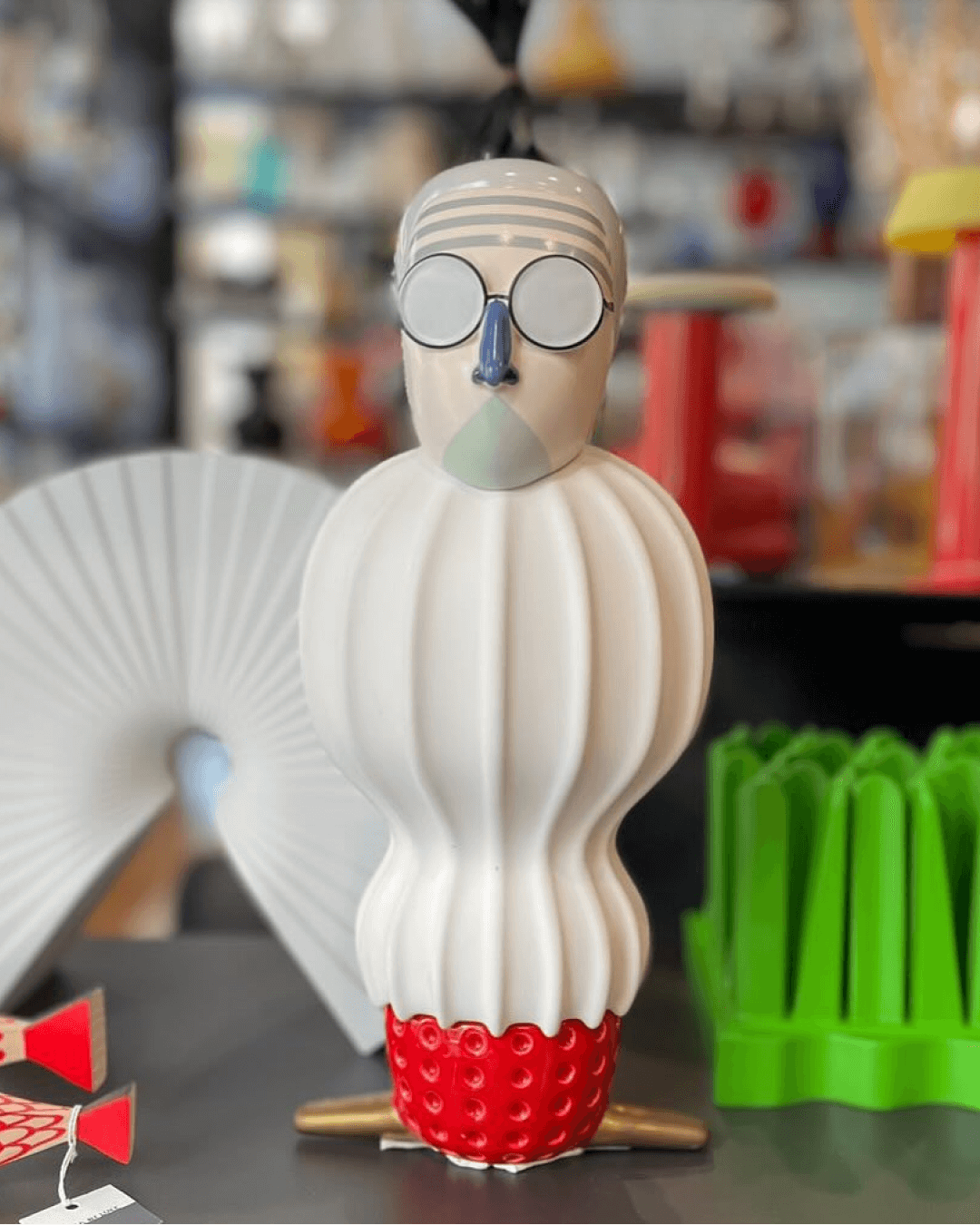
Can you share any previews of your projects for Salone del Mobile 2025?
This year, my presence at the Salone will be more contained, as I’ve recently devoted myself to a solo exhibition at the Antonio Colombo Gallery in Milan—a project that required great energy but gave me immense satisfaction. Another recent highlight was the launch of the bicycle I designed for Canyon, a project I deeply care about, especially since Van der Poel rode it during the Milano–Sanremo race.
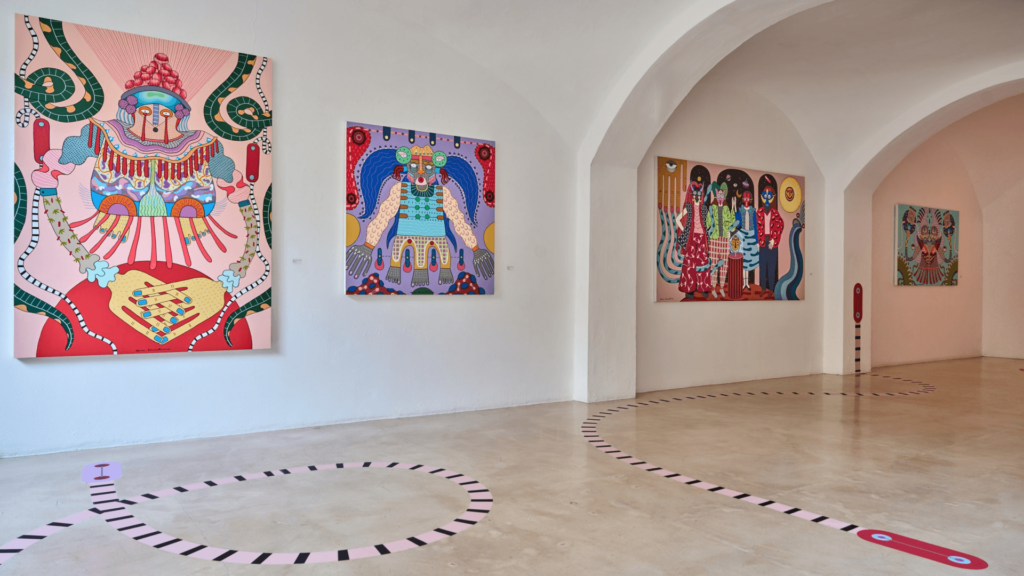
At the Salone, you’ll still find some ongoing collaborations: with Lithea, we’re presenting a collection of decorative marble tiles; with Flaminia, a new washbasin will debut. For Bosa, we’re expanding the range with new decorative ceramics alongside Dornette and a limited edition created for Signature Kitchen Suite. There will also be installations throughout Milan, offering yet another way to tell my story. It’s a lighter edition in terms of volume, but rich in detail and meaning.
How much does the vision of the “ideal home” that we see in your work reflect your own living space?
In truth, my real home reflects only part of the vision people might imagine through my work. I spend most of my time in the studio, so for a long time the interior of my house wasn’t a priority. I’ve always seen it as something changeable and in progress, never definitively designed.
In recent years, some of the pieces I’ve created have found their way into my home, prompting me to rethink the layout. But it’s a slow process, still evolving. For now, my house remains a work in progress—perhaps the truest reflection of how I see design.
Is there a space in your home you feel especially connected to? What makes it meaningful? Would you be willing to share a photo of it?
The space I’m most attached to is my painting studio, which is separate from where I work. I originally had a small room for it at home, but when my children arrived, it became their playroom—now full of colorful bricks and toys. Over time, my studio found a new home by the lake, where I can paint in total peace.
Painting is more than a creative act for me—it’s a moment of solitude and absolute freedom. I love being alone with my canvases, in silence, without interruptions. It is a space that is deeply mine, existing outside of time and daily chaos.
That’s probably why I’ve never felt the urge to photograph the space. It’s deeply personal, and remains mine alone, a sanctuary that doesn’t need to be shared.
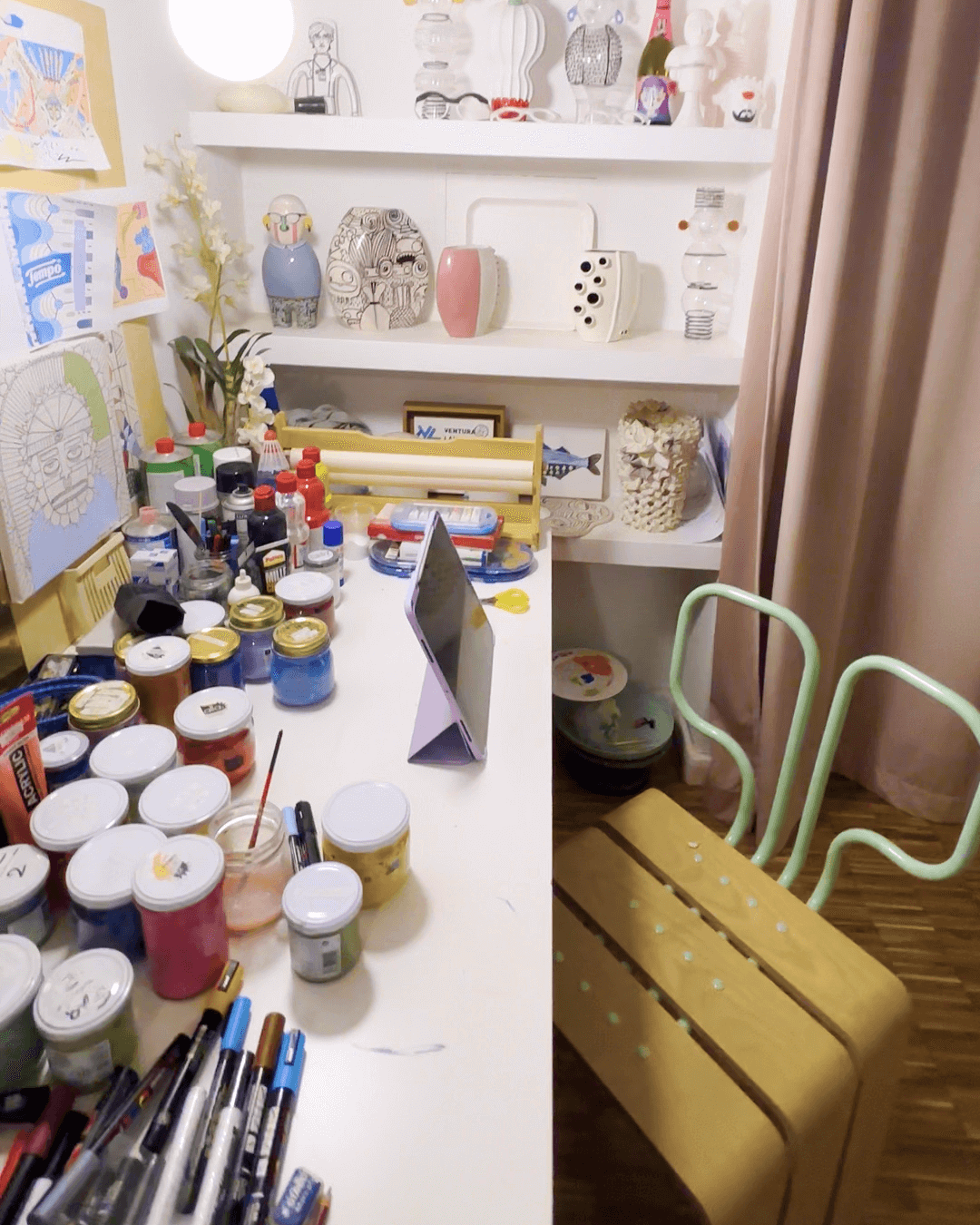

If you had to imagine an object that represents the future of design, what would it look like? What materials would it use?
I would begin with something ancient and natural—ceramic, terracotta, or wood. I believe the future lies in a return to conscious materials and a more respectful dialogue with the earth. But this wouldn’t be about nostalgia—it would be a reinterpretation using modern technologies, such as recomposed materials, 3D printing, and recycled components.
As for form, I envision a sculptural object—something that defies singular function. It could be used to sit, lie down, interact, adapt. An open-ended design, fluid and multifunctional, capable of forging a genuine connection with its user.
Watch the exclusive interview with Elena Salmistraro on our Instagram profile.